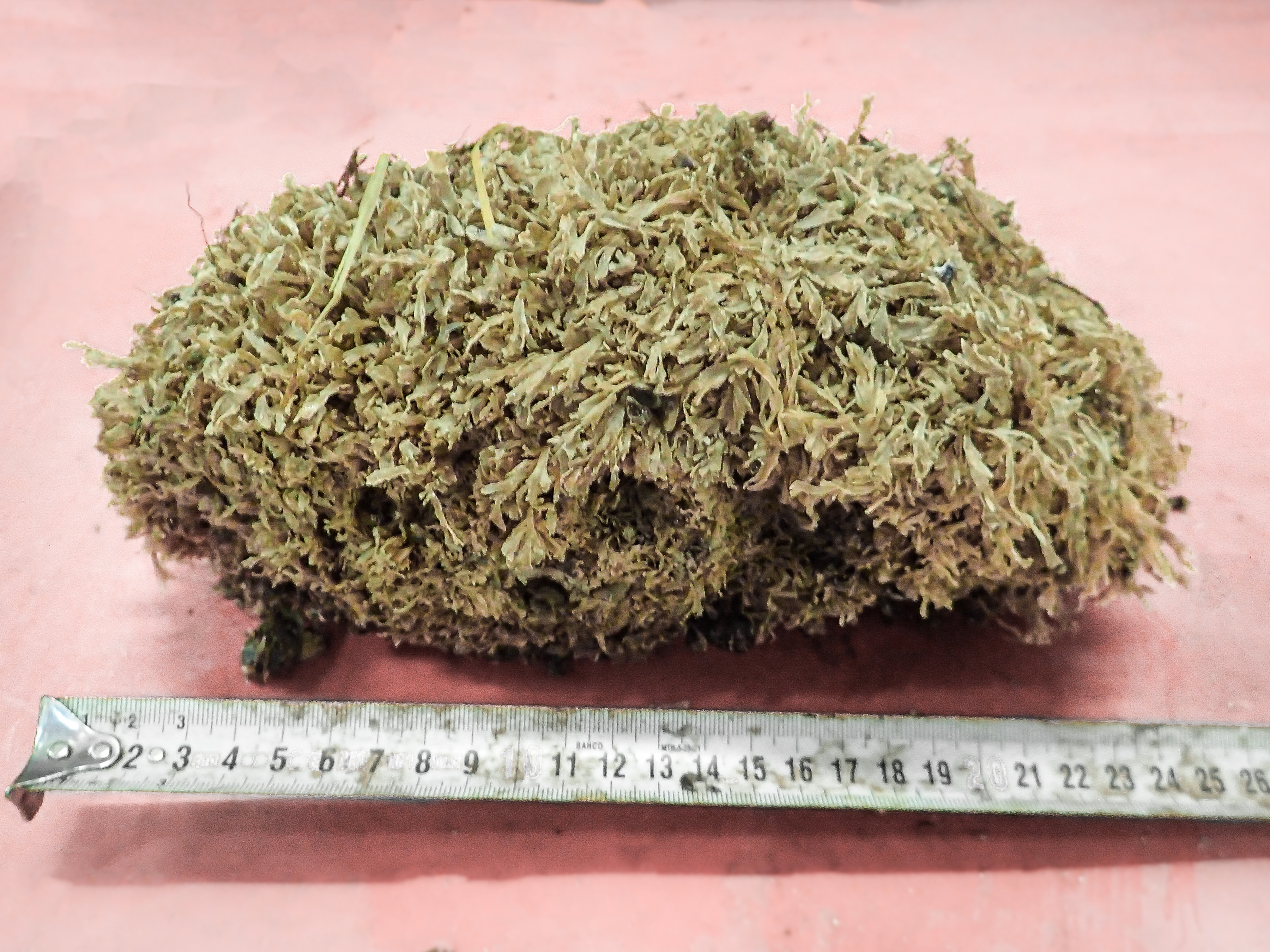Environmental monitoring in Olkiluoto proves its level of accuracy once again
Comprehensive and diverse environmental monitoring efforts are carried out in Olkiluoto all year round. The close scrutiny quickly reveals even small changes in the biota.
At the end of 2023, an invasive species never before found in the Baltic Sea or anywhere else in Europe was detected in the cooling water channels of the Olkiluoto nuclear power plant.
The Finnish Museum of Natural History functioning under the University of Helsinki identified it by its DNA tag as Conopeum chesapeakensis, a North American species of moss animals. This invasive species was detected in the monitoring of screenings* in December 2023. According to TVO's Environmental Manager Merja Levy, the species has possibly been brought to the Rauma region and Olkiluoto by a cargo ship, either in the ballast water or attached to the ship’s bottom.
Soon after the species had been found in Olkiluoto, the same moss animal was also identified outside Porvoo in samples taken in Kilpilahti harbour in August 2023 to detect any invasive species.
This species of moss animals is indigenous to the large estuaries in North America, such as the Chesapeake Bay in Virginia. It only reproduces in brackish water which is why the whole of the Baltic Sea could be a suitable habitat for it, says Senior Curator Risto Väinölä from the Finnish Museum of Natural History.
The island of Olkiluoto is one of the most studied areas in Finland and the diverse nature of the island is known in detail. Environmental studies have been conducted on the island since the 1970s, years before the start of electricity production. The annual outages provide a good opportunity to carry out further studies on the distribution of this moss animal.

The growth habit of the tan-coloured moss animal is similar to that of the bladderwrack, a small brown alga. Both produce branching erect structures, with the branches widening into flat ribbons near their tips. The moss attach permanently to bottom structures or other organisms and grow in about 5 centimetres high tufty colonies .
*Suspended matter recovered from the cooling water of a nuclear power plant.
Share